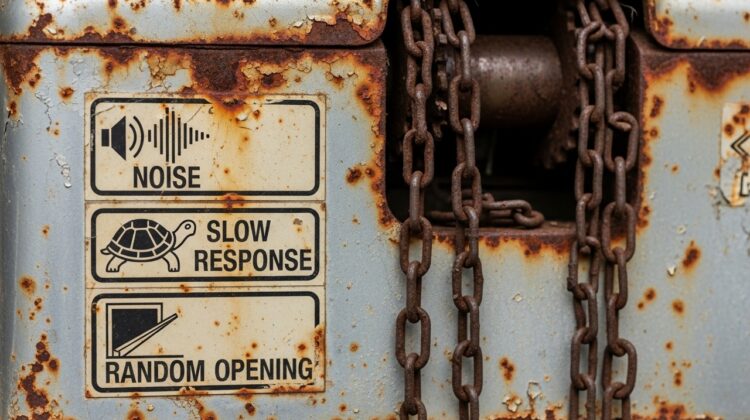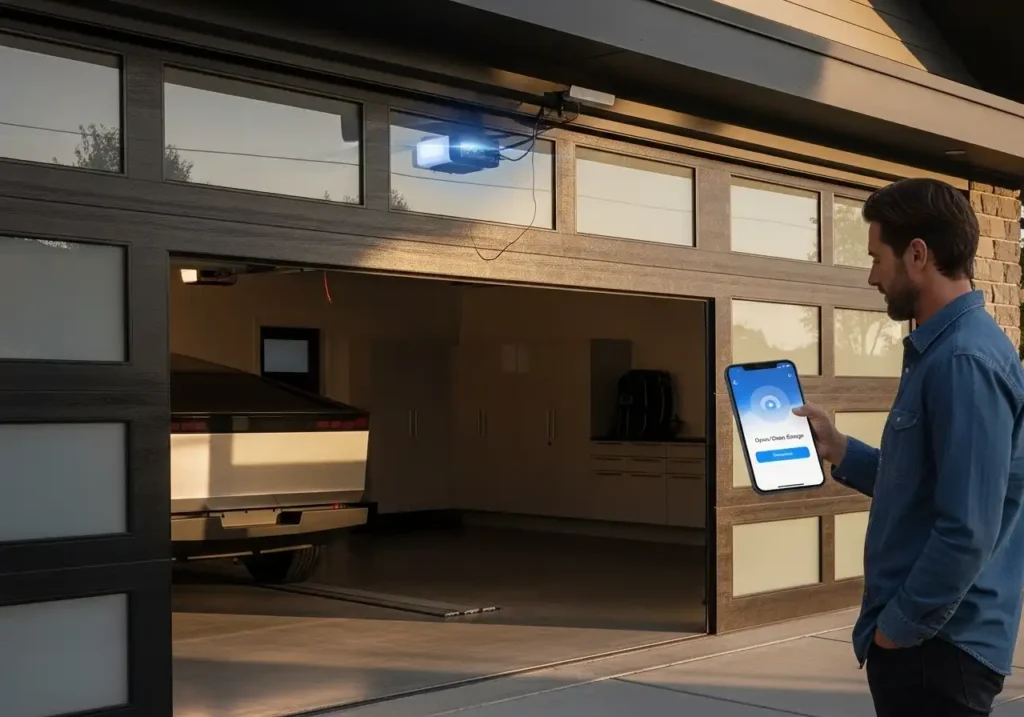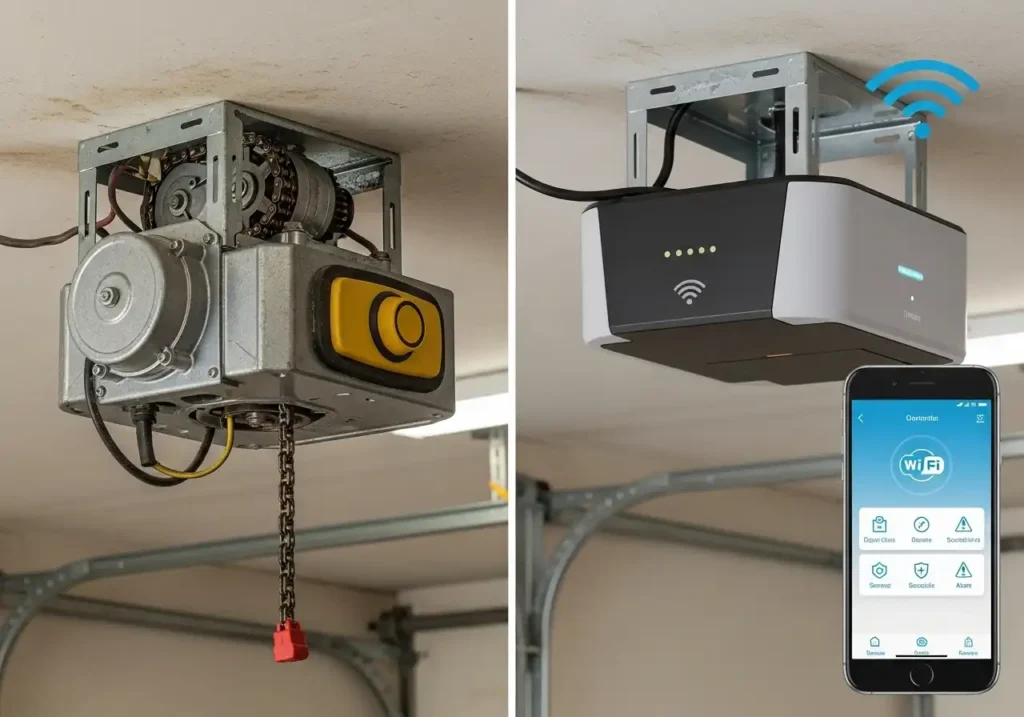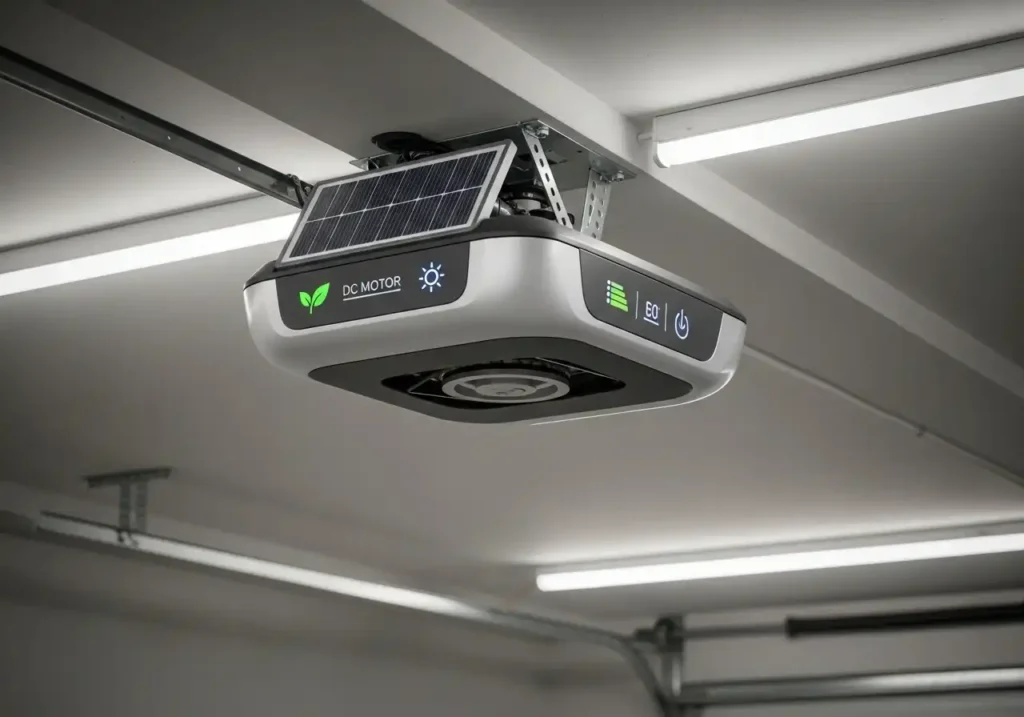
Your garage door opener is the unsung hero of your home’s convenience and security. It quietly raises and lowers your garage door thousands of times over the years, often without a second thought — until it starts acting up. Most openers last between 10 and 15 years, but their performance and reliability can decline long before that if they aren’t maintained. Recognizing the early signs that you need a garage door opener replacement can save you time, money, and frustration — and might even be your chance to upgrade to smart technology.

Why Garage Door Opener Replacement Matters
The opener is the heart of your garage door system. It powers the movement, ensures safety, and provides secure access to your home. When it fails, your daily routine can come to a sudden halt. A failing opener can also pose safety risks, such as uncontrolled closing or unresponsive sensors. To keep your system working efficiently, it’s important to know when repairs are enough — and when it’s time for a full garage door opener replacement.
According to the U.S. Department of Energy, modern garage door openers not only improve convenience but also enhance energy efficiency through newer DC motors and low-power standby modes. If your opener is more than a decade old, upgrading could save you energy and improve safety at the same time.
1. Unusual Noises and Jerky Movements
One of the most common signs you need a garage door opener replacement is unusual noise. Grinding, rattling, or squealing sounds indicate worn gears, loose hardware, or motor problems. Older chain-driven models are naturally louder, but excessive vibration or sudden jerks suggest it’s more than just normal wear.
Inconsistent door movement — stopping midway or shuddering as it opens — also signals mechanical or electrical fatigue. If lubricating the moving parts doesn’t help, it may be time to replace the opener altogether. For guidance on proper lubrication and maintenance, see our article on extending your garage door’s lifespan.
2. Slower Operation or Lagging Response Time
A garage door that once opened smoothly but now moves sluggishly could mean the motor is wearing out. Over time, the internal mechanisms lose efficiency and the door takes longer to respond after pressing the remote. This lag is not only inconvenient but also a sign that the system may fail soon.
Slow response can also be caused by outdated wiring or weakened circuit boards. Replacing your old opener with a modern model ensures faster operation, quieter performance, and enhanced safety features. If your remote is functioning properly but the door still hesitates, the problem likely lies with the motor, not the signal — a clear indication that a garage door opener replacement is due.
3. Random Opening or Closing
One of the most unsettling signs that your opener needs replacement is when it starts operating on its own. Random openings or closings are usually caused by electrical interference, faulty logic boards, or damaged circuit wiring. Not only is this inconvenient — it’s a serious security issue.
Older garage door openers rely on fixed codes that can be intercepted by criminals using inexpensive scanners. Newer models use rolling code technology, generating a new access code each time the door opens. If your opener lacks this feature, it’s not just outdated — it’s potentially unsafe. To learn more about how modern systems improve safety, visit our article on garage door safety features.
4. Excessive Vibration or Shaking
If your entire garage shakes every time you open the door, it’s more than just a nuisance — it’s a warning sign. Excessive vibration often means that the opener’s chain or belt drive is out of alignment, or the motor housing is loose. Over time, this can damage brackets, ceiling mounts, and even the garage door itself.
While you can tighten mounting bolts or replace worn belts, persistent vibration usually means the internal gears are deteriorating. Continuing to use a shaky opener could lead to a complete mechanical failure, so it’s best to replace it before it causes further damage.
5. Outdated Design and High Energy Use

Garage door openers built before 2012 often use inefficient AC motors and power-hungry standby circuits. In contrast, newer models use DC motors that consume less energy and operate more quietly. If your utility bills have slowly increased or your opener feels hot to the touch after use, it may be consuming excess power.
Upgrading to a modern unit not only improves efficiency but also supports sustainability. You can even find models that integrate with solar panels or smart home systems to monitor energy use. For example, the U.S. Department of Energy notes that smart home integration can significantly reduce wasted power in connected devices like garage doors.
6. Failing Safety Sensors or Auto-Reverse Features
Safety sensors and auto-reverse mechanisms prevent the door from closing when something is in its path. If these features fail or react inconsistently, the system may no longer meet modern safety standards. This is especially common in older openers where the sensor lenses have become scratched or the circuitry has degraded.
Test your sensors monthly by placing an object under the door while closing it. If the door doesn’t immediately reverse, it’s time for repair or a full garage door opener replacement. For detailed safety guidance, check out our resource on garage door inspections.
7. Lack of Modern Smart Features

If your current opener still uses a fixed remote or lacks mobile connectivity, you’re missing out on significant security and convenience benefits. Modern smart openers allow you to:
- Control and monitor your garage door from your smartphone.
- Receive real-time alerts if the door is left open.
- Grant temporary access to guests, family, or delivery drivers.
- Integrate with smart assistants like Alexa or Google Home.
Some systems even include built-in cameras and motion sensors that let you monitor activity inside your garage. These upgrades aren’t just about convenience — they actively enhance home security and help you track maintenance needs remotely. You can learn more about these features in our post on smart garage doors.
8. Difficulty Finding Replacement Parts
If your opener is old enough that replacement parts are discontinued, repairs will only become more difficult and expensive. Manufacturers typically stop supporting older models after a decade, which means you’ll be left hunting for used or aftermarket parts. At that point, replacement is not only easier but often more cost-effective.
A new opener ensures you have warranty coverage, available parts, and access to the latest safety and performance upgrades. Investing in a garage door opener replacement gives you peace of mind and long-term reliability.
When to Upgrade Your Garage Door Opener
If your opener shows any of the warning signs above — or if it’s over 10 years old — it’s worth considering a replacement. The latest generation of openers includes battery backups, quiet DC motors, and advanced encryption to protect against hacking. Many also feature real-time maintenance alerts that help you plan service before problems arise.
For the best results, choose an opener that fits your lifestyle and garage door type. Belt-drive models offer the quietest operation, while chain drives remain durable and affordable. If you value security and convenience, Wi-Fi-enabled smart openers provide unmatched control and reliability.
Final Thoughts
Knowing when to invest in a garage door opener replacement can save you from sudden breakdowns and enhance your home’s safety. As technology evolves, newer models offer features that make daily life easier — from mobile control and energy efficiency to better security. Whether your old opener is noisy, unreliable, or outdated, upgrading to smart technology is a smart investment for the future.
For more professional advice, explore our related articles on smart garage door technology and garage door safety features to keep your system secure, efficient, and up to date.
